Halibut anglers can start penciling in 2021 fishing dates, and squid jigging remains off-the-charts good throughout Puget Sound Leave a reply
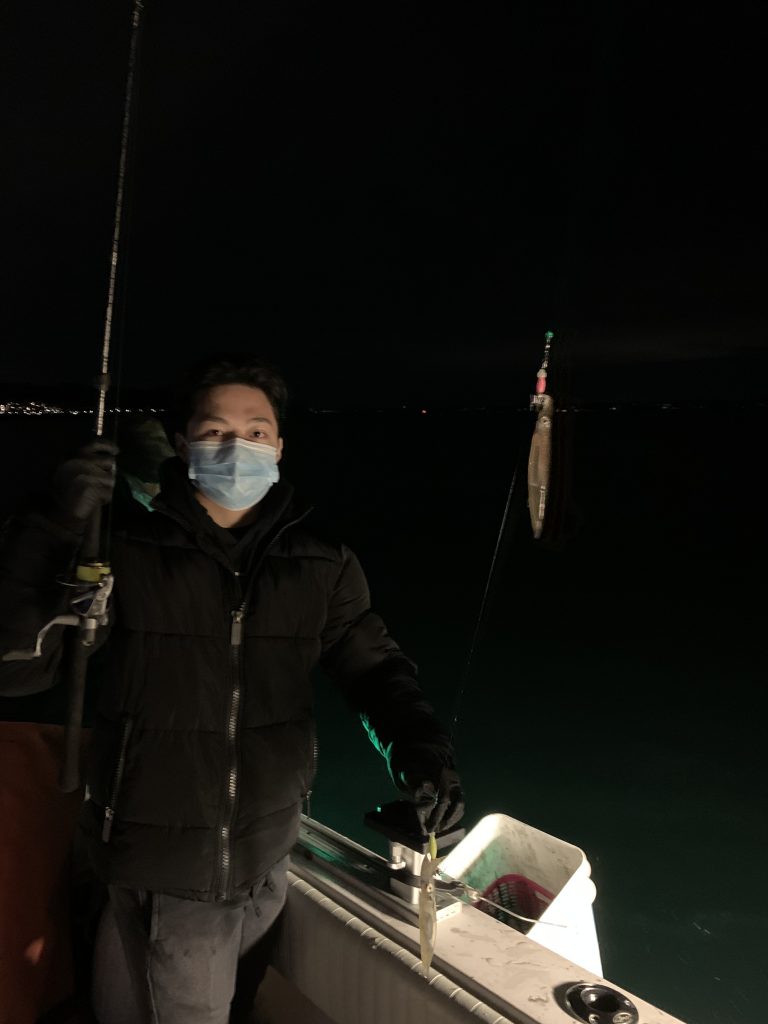
By Mark Yuasa
While we’re still more than six months away from pursuing halibut it is nice to know anglers can bank on planning trips, and those who just can’t wait for something to do be sure to hit your favorite Puget Sound pier for excellent squid jigging.
Halibut fisheries have become more stable thanks to a new way of how seasons are shaped, and if the pandemic doesn’t throw a wrench in 2021, anglers can book their adventures in late April or early May.
“We’ve got a preliminary agreement to a season structure for 2021 that reflects a season similar to last year,” said Heather Hall, a Washington Department of Fish and Wildlife (WDFW) fish policy coordinator. “It makes things a lot easier when we have consistent quotas and initial opening dates that we can work with. This provides advance notice of season dates to allow anglers to plan rather than add dates in-season.”
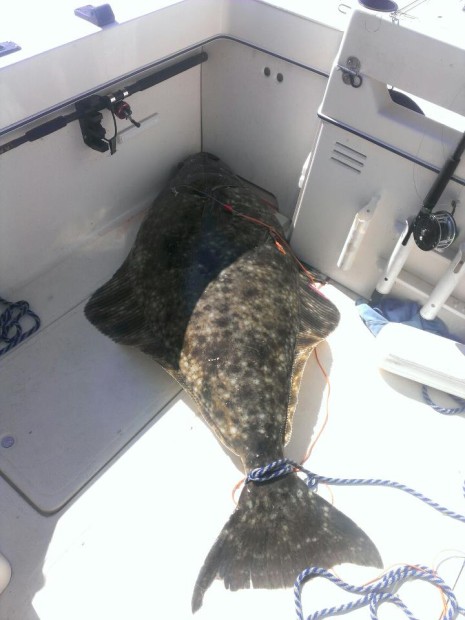
This new direction to create a more stable halibut fishery started in 2019 through 2022 off the coast, Strait of Juan de Fuca and Puget Sound.
The 2021 total sport halibut catch quota for Washington is 287,083 pounds. A breakdown by area is 77,550 pounds for Puget Sound-Strait of Juan de Fuca fisheries; 128,187 for Neah Bay/La Push; 62,896 for Westport; and 17,950, plus 500 for a near-shore fishery off Ilwaco.
While preliminary dates are set for halibut fisheries, much of this will also hinge on how the COVID-19 pandemic plays out in the coming months.
Eastern Strait of Juan de Fuca/Puget Sound – Open April 22-May 22 and June 3-26 on Thursdays, Fridays and Saturdays; and May 28, 29 and 30. Western Strait of Juan de Fuca – Open May 6-22 on Thursdays and Saturdays; May 28, 29 and 30; and June 3-26 open Thursdays, Fridays and Saturdays. Neah Bay/La Push – Open May 6-22 and June 3-26 on Thursdays and Saturdays; and May 28 and 30. Westport – Open May 6-23 on Thursdays and Sundays; and May 27 only; and could reopen June 17, 20, 24 and 27 if catch quota remains. Ilwaco – Open May 6-23 and June 3-27 on Thursdays and Sundays; and May 27.
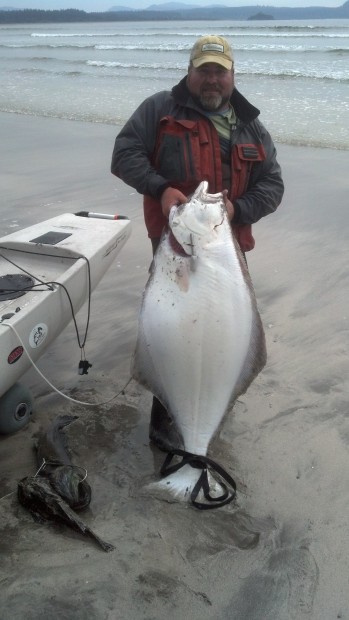
The pandemic this past spring changed the landscape with statewide fishing and halibut season closures announced by WDFW on March 25 and tied the Governor’s Stay Home, Stay Healthy directive started on March 23.
After careful consultation with the department of health, the Governor’s office and community leaders, WDFW reopened Puget Sound and Strait of Juan de Fuca for halibut fishing on a every other day schedule from May 20-June 29 to avoid overnight travel.
Later the northern coast reopened three days per week from Aug. 6-Sept. 30. The southern coast was open Aug. 6, and two days per week from Aug. 13-Sept. 30, plus a few add on dates near the end of the season.
“We had positive feedback on starting some of the seasons in late summer that led to good fishing, but we didn’t come close to catching our quotas due to horrible weather at the end of September,” Hall said. “We just couldn’t add enough dates to catch our remaining quota.”
The preliminary 2020 catch data showed sport anglers caught 122,564 pounds leaving 164,519 on the table. In 2019, 90 percent of the quota or 270,024 pounds of halibut was caught.
The International Pacific Halibut Commission will meet Jan. 25-29 in British Columbia (location and city TBD) to review halibut seasons and catch quotas from Alaska south to California. The National Marine Fisheries Service will make a final approval sometime in March or sooner.
Do the jig for Puget Sound squid
Nighttime across a large number of Puget Sound piers is filled with excitement as anglers peer into the briny depths seeking out millions upon millions of small, jet-propelled slimy creatures.
It’s an annual affair as these migratory cephalopods – better known as squid –
return to spawn in Puget Sound attracting many anglers armed with fishing rods, a colorful array of jigs and portable high-powered lamps.
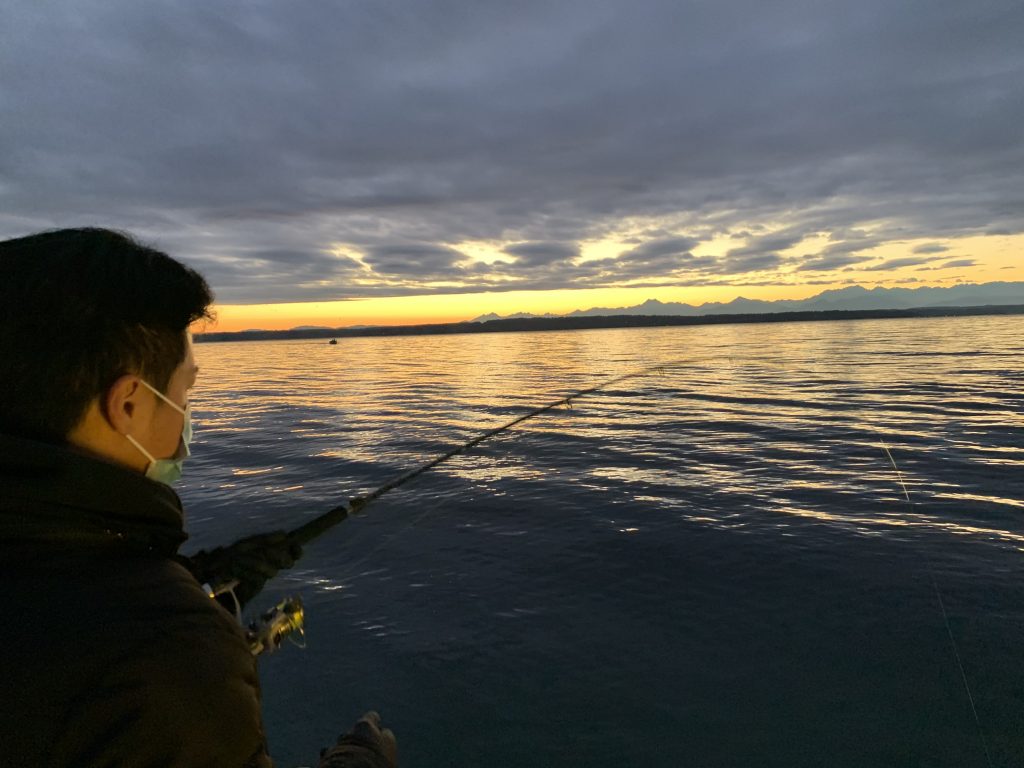
The peak time to catch them is October to February, although it isn’t uncommon to see them arrive in catchable numbers by late August.
Why on earth would anyone think about hanging out on a pier during a chilly, rainy and sometimes snowy night?
The answer you’d hear from these late-night anglers are the rewards of catching some delectable fine tasting denizens of the deep sea often referred in the culinary world as “calamari.”
For more than a month, their numbers have been building and catches are decent along piers from Edmonds to Seattle and as far south as Tacoma. The past several seasons were outstanding, and it is looking like it may be that way again this season.
Puget Sound remains one of top marine areas where they return to lay eggs along the gentle sloping rocky bottoms at depths of 15 to 60 feet. And before spawning they pack a strong desire to gorge on small baitfish and crustaceans.
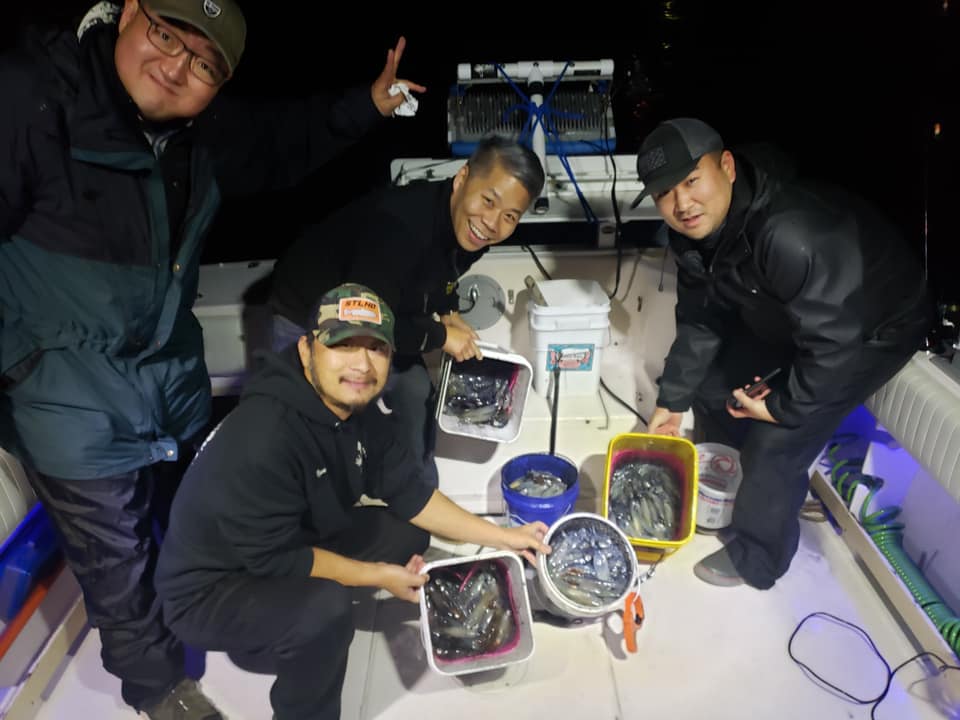
Night-time is best period as squid are attracted to light although daybreak and right before sunset can be good time periods. Squid like to hide in the dark, shadowy edges of lighted water (hence why their attracted to piers lit up at night) and then dart out on their unsuspecting prey.
Puget Sound squid are commonly known as “Pacific squid” or “market squid” and measure 4 to 12 inches with a short life cycle of about 18 months.
Many will use a sensitive long-length rod and spinning reel to help feel the subtle tap or vibration of an attacking squid.
Weighted luminous or light-up plastic jigs in a variety of colors such as pink, chartreuse, blue, red, green, orange or glow are the top choices. Color matters so be sure to pack along a few varieties to see what they’re biting on. These jigs don’t have “hooks” and instead have upward slanting sharp prongs. Unweighted lures are also used by squid jiggers that attach to a one- or two-ounce lead weight.
Squid don’t bite a jig and instead wrap their tentacles onto the jig’s prongs. This is where you need to reel with steady upward pressure, giving no slack in the line otherwise they’ll let go.
Raising the rod tip up to about 10 o’clock and then slowly lower the jig back down to make it resemble an injured fish.
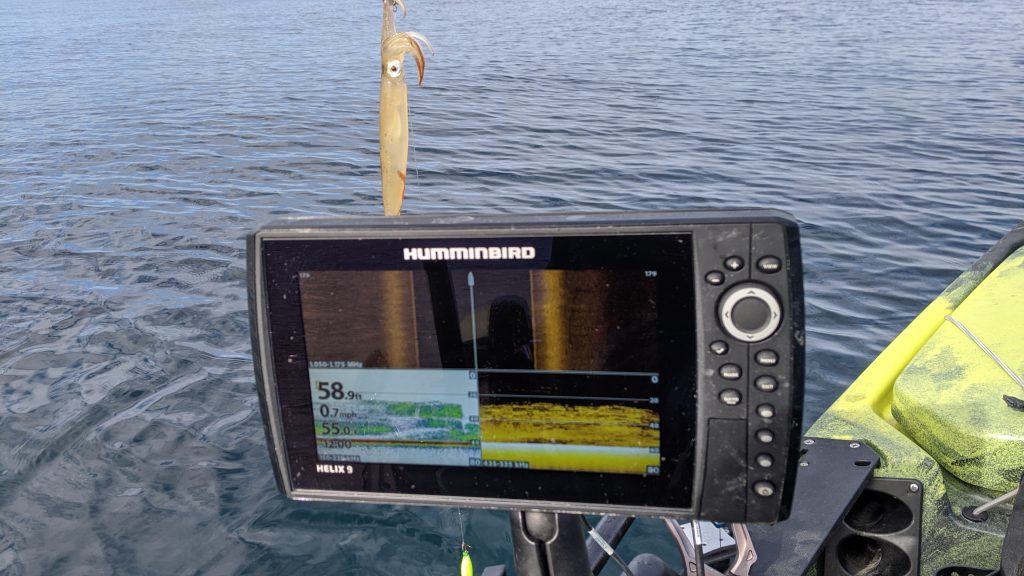
Squid school anywhere from just below the water’s surface to about 20 to 25 feet down, but it’s good to work your lure from top to bottom in the water column to catch them.
Many say prime time is during middle of the night, but when squid are plentiful you can even catch them on a daylight flood tide.
The daily limit is 10 pounds or 5 quarts, plus up to five Humboldt squid; each angler must keep their catch in separate containers; no more than four lures may be used at one time; a forage fish dip-net or hand dip net may be used; and there is no minimum size limit for squid.
Some of the most popular places to catch squid are piers along the Seattle waterfront. Pier 86 off Elliott Avenue has been closed since 2017 until further notice and to the south the Redondo Beach pier is also closed, both due to safety concerns.
Other locations are the Seacrest Boathouse Pier in West Seattle; Edmonds Pier; Des Moines Pier; A-Dock and Shilshole Pier; Point Defiance Park Pier; Les Davis Pier in Tacoma; Fauntleroy Ferry Dock; Illahee State Park Pier; and the Waterman and Indianola piers in Kitsap County.
The Washington Department of Fish and Wildlife has information on Puget Sound squid jigging at https://wdfw.wa.gov/fishing/basics/squid.

How to prepare squid
There are many ways to prepare squid like deep frying them in batter or a simple pan fry with your favorite veggies, but Harry Yoshimura, owner of the Mutual Fish Company on Rainier Avenue in Seattle along with his son Kevin, has a dish that’ll have you coming backs for seconds and thirds.
Three generations in the Yoshimura family have run the retail/wholesale seafood market since 1947 and here’s a recipe that “Uncle Harry” was nice enough to provide to me:
Harry Yoshimura’s stir-fried squid with rice
Ingredients
(4 servings)
3 pounds squid
2 tablespoons soy sauce
4 tablespoons sake
2 cloves chopped garlic, divided
4 tablespoons chopped ginger root
White pepper to taste
4 tablespoons vegetable oil
1 cup diced celery
3 cups sliced onions
2 teaspoons cornstarch
Cooked long-grained white rice, 4 to 5 cups.
1/3 cup chopped green onions
Directions
1. Clean squid and cut open the body (mantle) portion and cut into strips about one inch wide. Marinate pieces of squid in mixture of soy-sauce, sake, one clove chopped garlic, ginger root, and white pepper for about one hour. Strain saving the squid and marinade separately.
2. Heat vegetable oil and sauté celery, onions and one clove chopped garlic in a frying pan or wok. Fry squid in the same pan for about three minutes. Dissolve the cornstarch in the marinade. Add to the pan, stirring until thickened. Pour over rice, garnish with green onions and serve hot.

